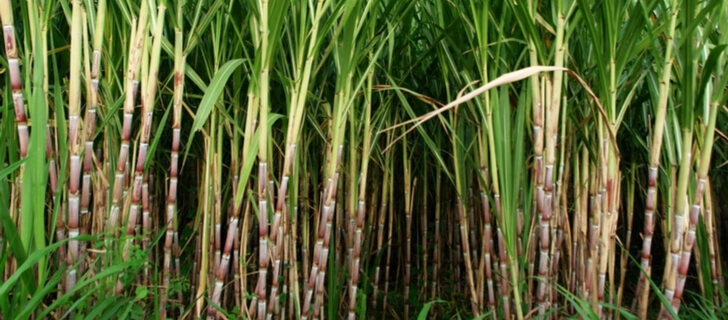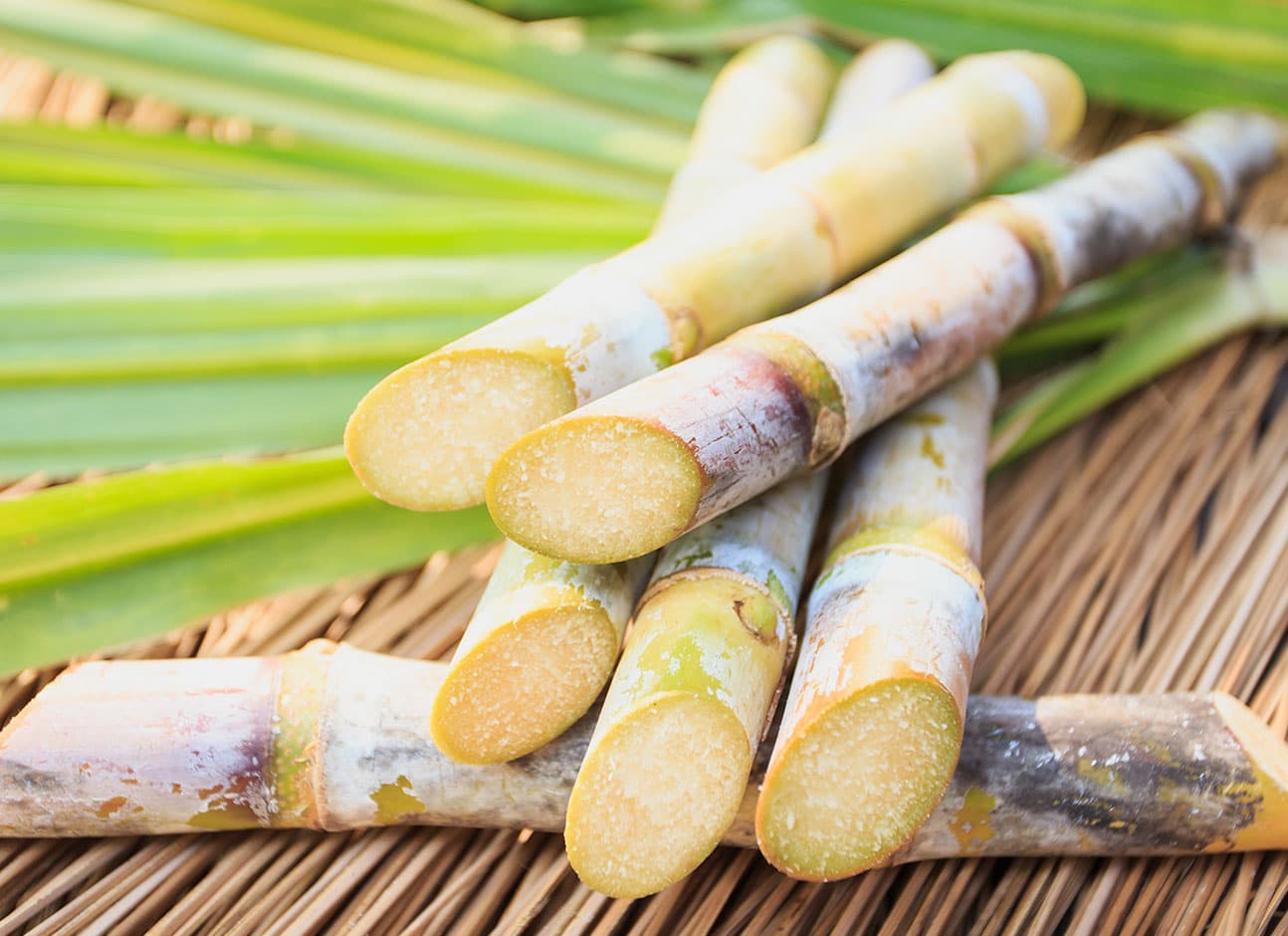What Are Sugar Canes Used For? Exploring Sustainable Packaging Solutions
Exploring the Total Line of Refine Chemicals: What Are Sugar Canes Used For in Production?
Sugar walking canes play an essential duty in various producing procedures, offering as a flexible raw product. Their high sucrose content makes them necessary in the food industry, while advancements in biofuels and naturally degradable plastics highlight their prospective beyond standard usages. Additionally, sugar cane extracts are acquiring recognition in pharmaceuticals and nutraceuticals for their health and wellness advantages. The multifaceted applications of sugar walking canes increase interesting concerns about their future in industrial markets. What possibilities exist in advance?

The Trip of Sugar Walking Cane: From Field to Factory
As the sun rises over large areas, the journey of sugar cane begins, noted by thorough farming and gathering processes. Farmers select perfect selections, making sure durable development in ideal environments. Routine irrigation and nutrient administration are crucial, promoting healthy and balanced stalks rich in sucrose. When fully grown, the walking cane is harvested, commonly making use of mechanical cutters that effectively gather the stalks.Once gathered, the sugar cane is delivered to processing centers where it goes through washing and milling to draw out juice. This juice is then made clear, eliminating contaminations through sedimentation and filtration. The clear fluid is focused by dissipation, and subsequently taken shape to generate raw sugar.Throughout this journey, top quality control is vital, ensuring that the last item meets market standards. The makeover of sugar cane right into raw sugar highlights a complex interaction of farming and production, establishing the stage for its varied applications in different sectors.
Biofuels: Harnessing Energy From Sugar Walking Stick
A significant section of the world's biofuel manufacturing is obtained from sugar cane, which offers as a renewable resource source. This functional plant is mainly refined to draw out sucrose, which can be fermented to generate ethanol. Ethanol acquired from sugar walking stick is not just a clean-burning gas option but also contributes to lowering greenhouse gas discharges contrasted to traditional nonrenewable fuel sources. In countries like Brazil, sugar cane biofuel has ended up being a significant component of the power matrix, lowering and powering vehicles reliance on imported oil. The growing of sugar cane for biofuels likewise sustains country economies, offering work in farming and handling. Additionally, the spin-offs of sugar cane processing, such as bagasse, are made use of in power generation, additional improving the sustainability of the production cycle. In general, sugar cane biofuels represent a promising avenue for attaining energy independence while fostering ecological stewardship.
Eco-friendly Plastics: The Lasting Option
Suppose the service to the worldwide plastic dilemma hinges on naturally degradable alternatives? Biodegradable plastics, originated from eco-friendly sources such as sugar walking canes, provide an innovative approach to reducing plastic waste. Unlike traditional plastics, which can take centuries to decay, these green products break down normally, decreasing environmental impact.The manufacturing of naturally degradable plastics involves using sugars from sugar canes to create polylactic acid (PLA) and various other biopolymers. These products preserve comparable functionality to standard plastics, making them suitable for different applications, consisting of packaging, tools, and farming films.As customers and markets change toward sustainability, biodegradable plastics provide an engaging alternative. They not only reduce reliance on fossil gas however also sustain a circular economic climate by going back to the planet without leaving unsafe residues. The increasing need for such products indicates a substantial step toward resolving journalism demand for more sustainable production solutions when faced with environmental difficulties.
Sugar Walking Cane Essences in Pharmaceuticals and Nutraceuticals

The Future of Sugar Cane in Industrial Applications
As markets proceed to seek sustainable and eco-friendly resources, sugar walking stick is positioned to play a pivotal role in different commercial applications past its standard usage in sugar production. Its biomass offers a renewable source for biofuels, lowering reliance on fossil fuels and contributing to reduced carbon emissions. In addition, sugar walking stick's byproducts, such as bagasse and molasses, are being explored for their potential in bioplastics and biodegradable materials, addressing the expanding demand for eco-friendly packaging solutions.Research is additionally underway to enhance the performance of sugar cane by-products in numerous sectors, anonymous including fabrics, cosmetics, and building and construction. By taking advantage of the unique homes of sugar walking cane, manufacturers can create cutting-edge products that align with customer choices for sustainability. As innovation advances, the adaptability of sugar walking stick will likely broaden, strengthening its setting as a principal in the shift his comment is here toward a more sustainable industrial landscape.

Often Asked Inquiries
What Is the Refine of Refining Sugar Walking Stick Into Sugar?
The procedure of refining sugar cane into sugar entails harvesting, crushing to draw out juice, making clear the juice, evaporating water, taking shape sugar, and lastly drying and packaging the refined product for distribution and usage. (What Are Sugar Canes Used For)
Just How Does Sugar Walking Cane Impact Citizen Economies?
Sugar cane significantly affects regional economic climates by developing tasks, enhancing agricultural manufacturing, and creating profits through exports. Its farming sustains local businesses and little farmers, promoting community growth and improving general financial security in sugar-producing areas.
Exist Any Ecological Worry About Sugar Walking Stick Farming?
Environmental problems connected with sugar walking stick farming include deforestation, dirt destruction, water usage, and chemical overflow (What Are Sugar Canes Used For). These issues impact local ecosystems and add to climate change, triggering ask for even more sustainable farming methods within the industry
What Are the Nutritional Benefits of Sugar Walking Stick?
The nutritional benefits of sugar cane include its abundant web content of antioxidants, minerals, and vitamins. It supplies all-natural power, supports hydration, and might aid digestion, adding positively to total health and wellness when eaten in moderation.
Just How Does Sugar Walking Cane Compare to Other Crops in Sustainability?
Sugar cane shows higher sustainability contrasted to several crops as a result of its efficient use view it now of land and water resources, capability to generate biofuels, and possibility for carbon sequestration, adding favorably to ecological health and wellness and farming techniques. When mature, the walking cane is harvested, frequently utilizing mechanical cutters that effectively collect the stalks.Once gathered, the sugar walking stick is carried to processing centers where it undertakes washing and grating to draw out juice. Unlike standard plastics, which can take centuries to disintegrate, these green products damage down normally, reducing environmental impact.The manufacturing of eco-friendly plastics entails utilizing sugars from sugar walking canes to produce polylactic acid (PLA) and other biopolymers. Usually identified for their function in sugar production, sugar walking cane essences are progressively locating applications in the pharmaceutical and nutraceutical industries. As sectors proceed to look for renewable and lasting resources, sugar cane is positioned to play an essential duty in different industrial applications past its traditional usage in sugar production. Furthermore, sugar cane's byproducts, such as bagasse and molasses, are being discovered for their potential in bioplastics and biodegradable products, attending to the expanding demand for eco pleasant packaging solutions.Research is additionally underway to enhance the effectiveness of sugar cane by-products in numerous industries, including fabrics, cosmetics, and building.